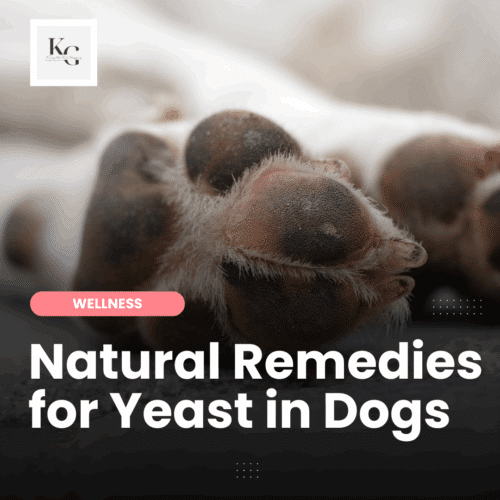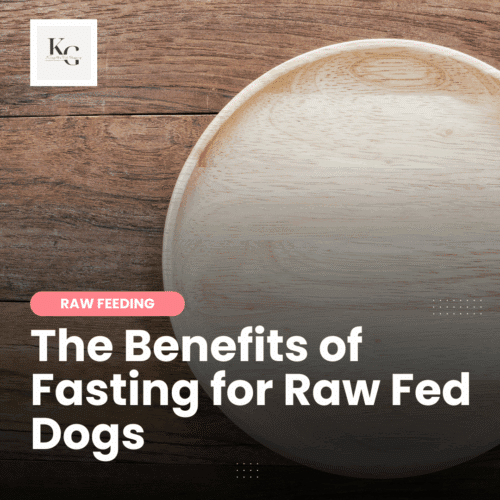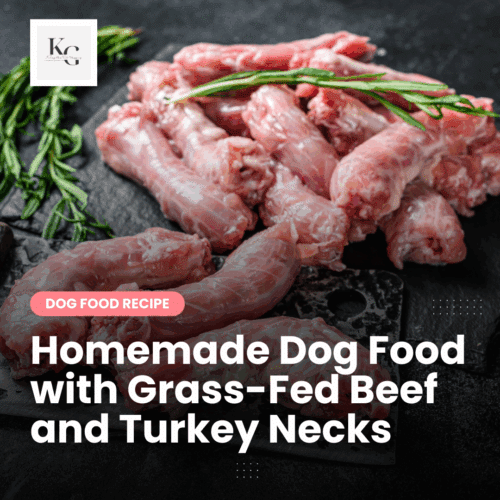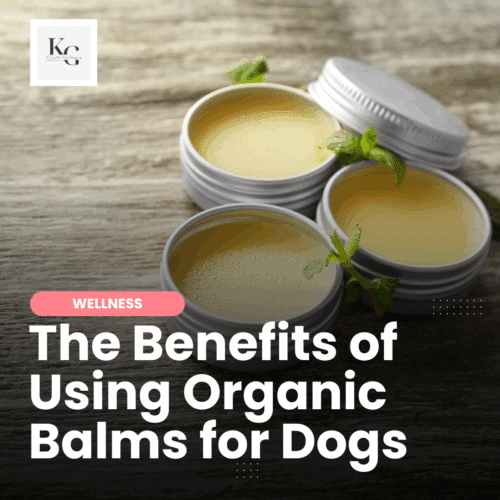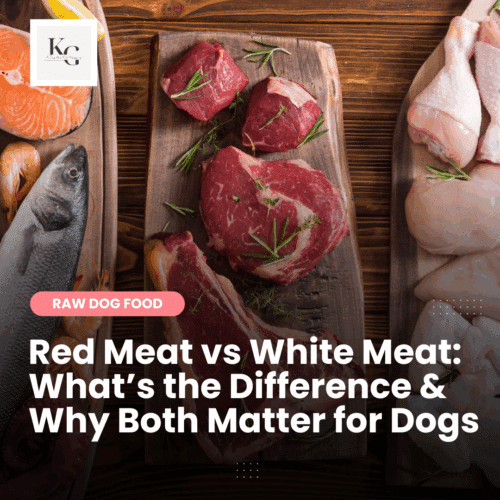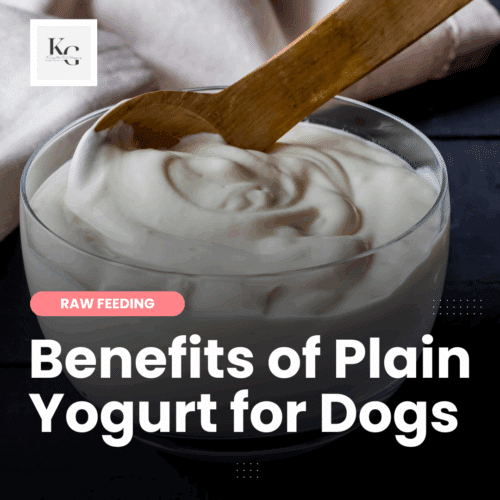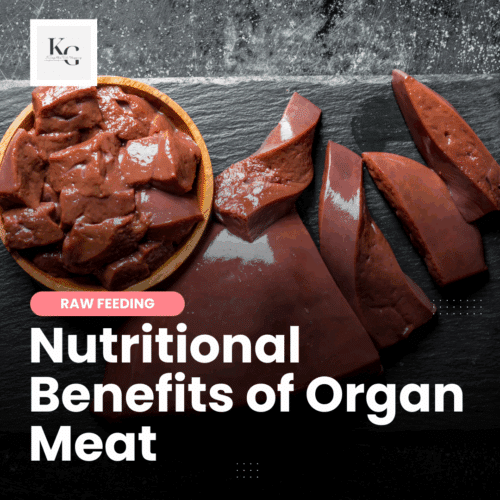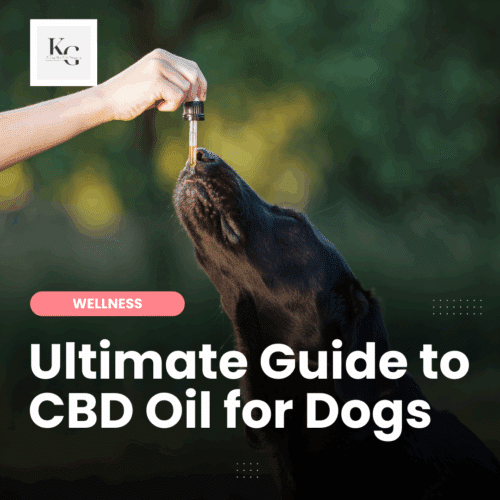Keep the Tail Wagging is supported by pet parents. I occasionally earn a commission (at no additional cost to you) when you click through an affiliate link to one of my favorite products. Thank you for your support. Read More
When feeding a homemade raw diet, it's essential to continue looking for proteins. Having alternatives keeps you covered when prices increase, or a source vanishes. In 2023, the price of quail went up 35%, and it's no longer a protein I feed regularly. I switched to guinea hen, also known as guinea fowl, a bird species native to Africa but is now found in various parts of the world. It is often consumed as poultry and offers several benefits.
Guinea hens and Cornish game hens are often confused, but they differ greatly in size. While Cornish game hens are small, guinea hens are the size of a medium-sized chicken.
Nutrient Profile of Guinea Hen
Guinea hen is a lean source of protein and contains various essential nutrients. The exact nutrient composition can vary based on factors such as diet and preparation.
Protein: Guinea hen is a rich source of high-quality protein, which is essential for muscle maintenance and repair, as well as various physiological functions in the body.
Vitamins: Guinea hen contains an array of vitamins, including B vitamins such as thiamine, riboflavin, niacin, vitamin B6, and vitamin B12. These vitamins are crucial in energy production, nervous system function, and red blood cell formation.
Minerals: Guinea hen provides minerals like iron, zinc, phosphorus, and selenium. Iron is vital for oxygen transport, while zinc is involved in immune function and wound healing. Phosphorus contributes to bone health, and selenium is an antioxidant, protecting cells from damage.
Lower Fat Content: Guinea hen is considered relatively lean compared to other poultry options.
Alternative to Chicken: Guinea hen can be an appealing alternative to chicken, providing a different taste and texture.
Food Energetics: Like chicken, guinea hen is a warming protein.
Sources for Guinea Hen
I only have one source of Guinea Hen – I order it ground, by the case, through my local raw food co-op. I'm still looking for a second source as a backup.
Homemade Raw Dog Food with Guinea Hen
I make dog food in bulk, and all of the recipes include a base mix by Dr. Harvey's to create a nutritionally complete meal for my dogs. I alternate the main protein weekly to offer variety and balance over time.
Ingredients
- 20 lbs Guinea Hen (includes ground guinea hen, guinea hen heart, guinea hen liver and bone)
- 8 lbs Beef Organ Blend (includes beef heart, tongue, lungs, liver, spleen and pancreas with green tripe)
- 3 cups Dr. Harvey's Raw Vibrance or Paradigm
- 2 cans of boiled oysters (not smoked)
Directions
- hydrate the base mix
- mix all of the ingredients in a large bowl (I use a 20-quart stock pot)
- transfer to freezer-safe containers
- freeze until ready to feed
- feed based on your dog's body weight
This recipe feeds three dogs weighing 55-80 lbs; I use a raw feeding calculator to determine how much to feed and adjust the amount based on each dog's response (gaining/losing weight).
Why I Use a Base Mix
While raw food diets are healthier than processed dry dog food, and nutrients are more bioavailable, a homemade raw diet may have deficiencies that can cause problems over time. This is why I choose to use a base mix in my formulations and alternate proteins and other ingredients weekly.
Common nutrients that are deficient in a raw food diet include…
Calcium: Raw diets typically rely on bones as a source of calcium. If the bone content is insufficient or inconsistent, dogs may develop a calcium deficiency, leading to skeletal issues, weakened teeth, and muscle problems.
Phosphorus: Phosphorus works in conjunction with calcium to maintain bone health. If the raw diet lacks adequate phosphorus or has an imbalanced calcium-to-phosphorus ratio, it can cause skeletal abnormalities and other health issues. The proteins in my dogs' diet provide phosphorus.
Omega-3 Fatty Acids: Raw diets may sometimes be deficient in omega-3 fatty acids, which are essential for dogs' immune system, joint health, and overall well-being. Sources of omega-3 fatty acids I include in my dogs' raw diet include fish such as salmon, sardines, mackerel, and salmon oil supplements.
Vitamins and Minerals: Depending on the variety of proteins and vegetables included in the raw diet, dogs may be at risk of deficiencies in specific vitamins and minerals such as vitamin D, vitamin E, zinc, or copper. Regular supplementation or a diverse diet can help address these deficiencies.
Fiber: Raw diets based primarily on meat may lack sufficient fiber, which is crucial in maintaining healthy digestion and preventing constipation. Including vegetables, fruits, or other sources of fiber in the diet can help address this deficiency. The base mix I use is rich in vegetation, which provides various nutrients, including fiber.
It can be challenging to formulate a balanced raw diet using only food, especially when trying to “balance” to NRC or AAFCO standards, without software. Using a base mix gives me more confidence that my dogs get what they need in their diet, and make it possible to feed raw without driving myself crazy about “doing it right.”
Homemade Dog Food Recipe without a Base Mix
If you don't have access to a base mix or don't want to use a base mix, you can try the following recipe derived using the Feed Real Calculator. This recipe is one meal, not a bulk recipe.
- 17.6 oz (1.1 lbs) guinea hen
- 2.24 oz (0.14 lbs) vegetables (kale, collard greens, cabbage, carrots, green beans, zucchini, squash, etc.)
- 1.12 oz (0.07 lbs) beef, pork or lamb liver
- 1.12 oz (0.07 lbs) kidney, spleen, sweetbread




